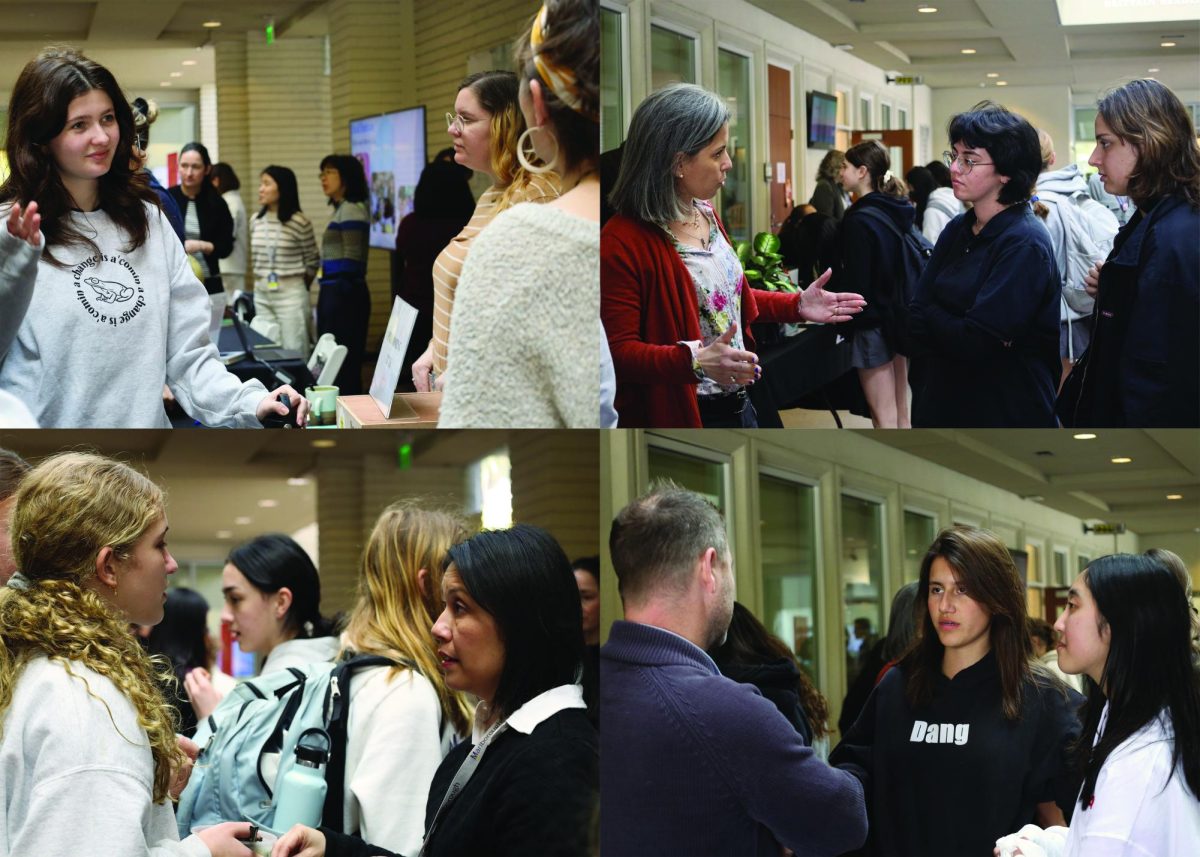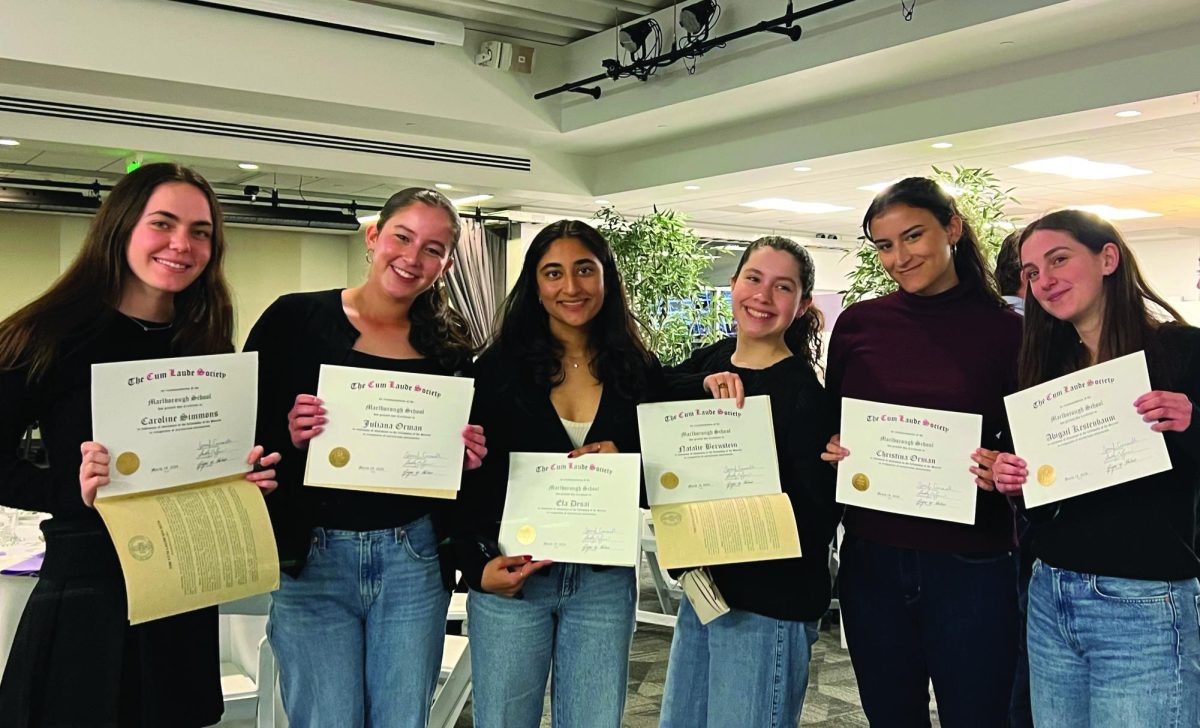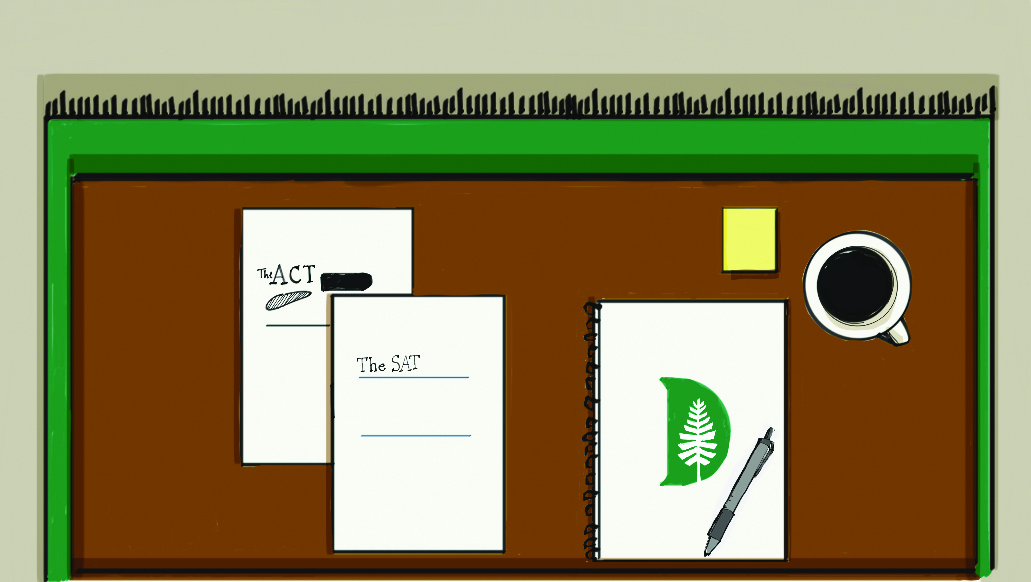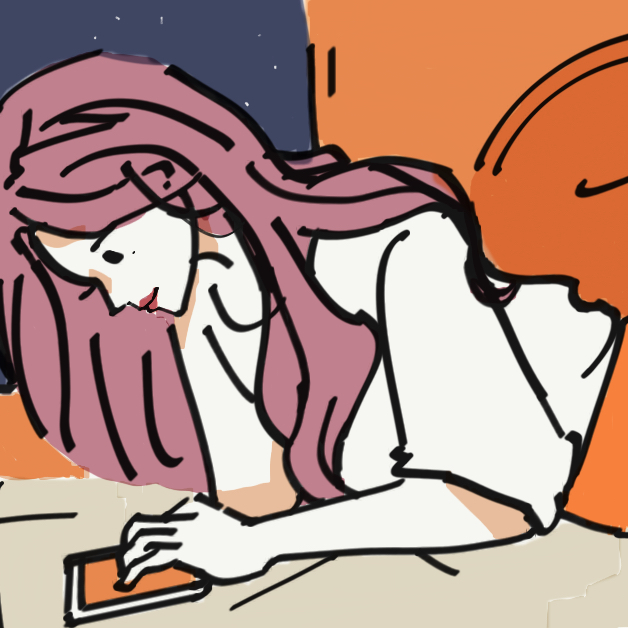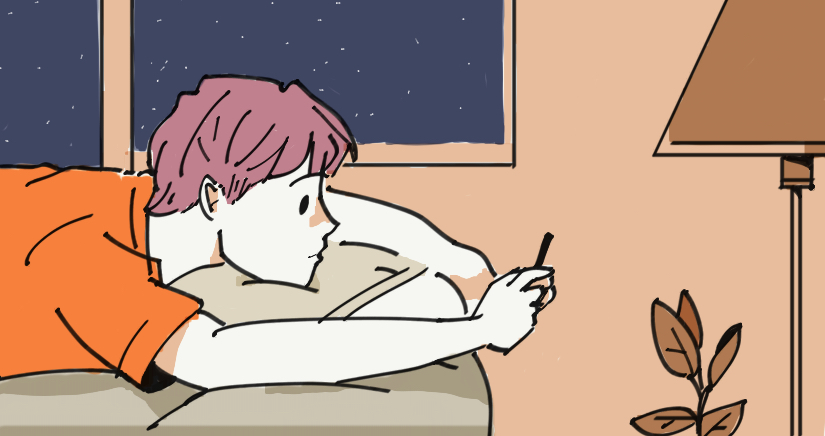
I like a good bargain as much as anyone. I use coupons at the market, I have loyalty cards at my regular stores, and I renew my gym membership early so I can get 14 months for the price of 12.
I like choices, too. If I wanted to wear a cardigan tomorrow, I could go to my closet and pick from twenty options. If there’s a color I can pull off (definitely not orange), it’s in there.
But this year, as part of my work as the chair of the Campus Environmental Committee, I’m looking at bargains and clothes in a whole new light. I’ve learned a lot, and it’s changed how I shop.
First of all, every item of clothing has an environmental cost. Cotton, which is widely used in clothing, requires irrigation along with extensive fertilizer and pesticide use. It’s a safe bet that you are wearing cotton right now. That cotton probably circled the globe, grown in one country, spun into thread in a second, made into fabric in a third, made into an actual piece of clothing in a fourth and then finally to you here in the US. Each step of that trip used fuel and produced pollution. If the cotton was dyed, the dye production produced pollution.
Man-made fibers also require energy to produce and generate waste as they are being produced. Wool production has its own environmental costs, and the production of leather results in a remarkable amount of toxic waste.
Every single piece of clothing in my closet has had an impact on the environment, and continues to do so as I wash and dry them after wearing. That’s a sobering thought.
And that great bargain, the t-shirt you just got for $3? Ask yourself about the working conditions of each person that contributed to that t-shirt. You know it isn’t pretty if the shirt can be sold at that price. At nearly every step, it was probably a young woman working in extremely unsafe conditions for very little pay and with little hope of advancement.
I’m not anti-fashion. For most of us, what we wear is an important part of who we are. It helps us express our identities. I get that. But how much do we need, and what happens to it when it no longer works for us? Lots of clothes end up in landfills, even though we have technologies to re-purpose clothing. The endless cycle of buying new clothes, wearing them just a few times and then throwing them out is unjustifiable once you know the real cost.
The good news? You can break the cycle. Buy high quality clothes that you love and that will last for years and years. Stop before you get to twenty cardigans. Buy used clothes. Scour thrift shops for great finds. Donate clothes so they will get resold or recycled. Look for fair trade labels, which ensure that the people who made your clothes were paid a living wage. Come to the Collins Room during Flex time and lunch on Tuesday, Apr. 11 to see “The True Cost,” a documentary that expands on what I’ve just said. Get educated.
You can also take action here at Marlborough next month. Bring good-quality teen girls’ clothing and accessories to the Community Outreach Office Apr. 17-19. Record how many items you drop off and you’ll get points that you can use to “buy” someone else’s castaways at the Shop and Swap on Thursday, Apr. 20. Items that aren’t “bought” will be donated so that nothing ends up in a landfill. I hope to see you there! Maybe you’ll pick up the cardigan I’m going to donate.

